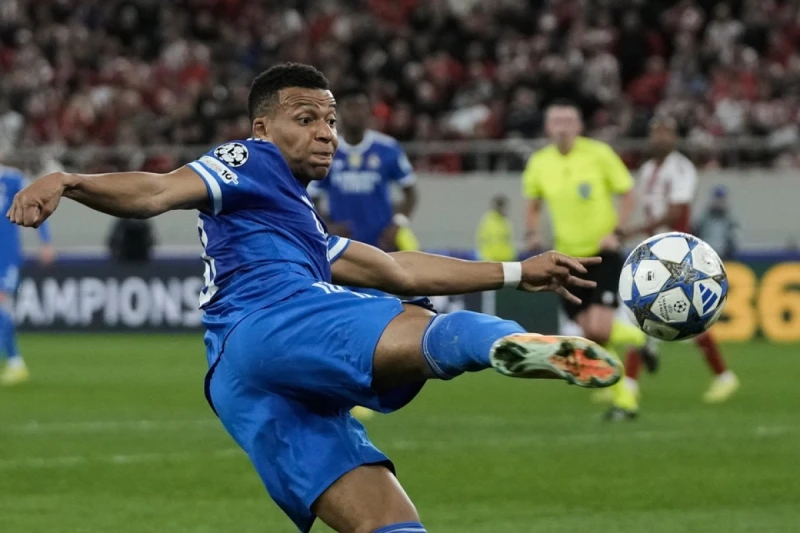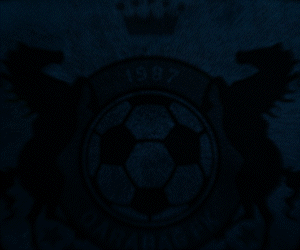

 Idman.biz
Idman.biz
Kilian Mbappe, a striker for the Real Madrid football team, has secured a special place in the history of the Champions League, Europe's most prestigious tournament, with the four goals he scored against Olympiacos.
Idman.Biz reports, citing Mundo Deportivo, that this performance makes Mbappe the 47th footballer to score four goals in a single game in the history of the European Champions Cup.
This achievement, known as a "poker" in football, is particularly significant since the tournament began being held under the name UEFA Champions League in the 1992-1993 season. In total, 51 pokers have been recorded in Europe's top-level club tournament.
Since 2000, the only footballer to score a poker in the Champions League was Robert Lewandowski, and one of his goals was scored against Real Madrid.
With this, Mbappe joins the ranks of legends who have changed the history of this tournament, such as Lionel Messi, Cristiano Ronaldo, Andriy Shevchenko, Zlatan Ibrahimovic, Harry Kane, Ruud van Nistelrooy, Marco van Basten, Eusebio, Puskas and Di Stefano.

For Real Madrid, Mbappe became the fourth footballer in the club's history to score a poker in a game. Prior to him, Alfredo Di Stefano (against Sevilla in 1958, against Wiener in 1959), Ferenc Puskas (against Eintracht in the final in 1960, against Feyenoord in 1965) and Cristiano Ronaldo (against Malmö in the 2015–2016 season) had achieved this.
Throughout the history of the prestigious tournament, no footballer has scored three or more pokers. The record is two pokers. Lewandowski was the last footballer to reach this figure. Before him, Alfredo Di Stefano, Ferenc Puskas and Marco van Basten (Milan, 1988 and 1992) had achieved this.
Now Kilian Mbappe has the opportunity to score his second poker and reach this record level.
The list of those who scored five goals (repoker) is even shorter - only 13 football players have achieved this in the history of the European Champions Cup. During the Champions League era, Lionel Messi, Luis Adriano and Erling Haaland reached this figure.
